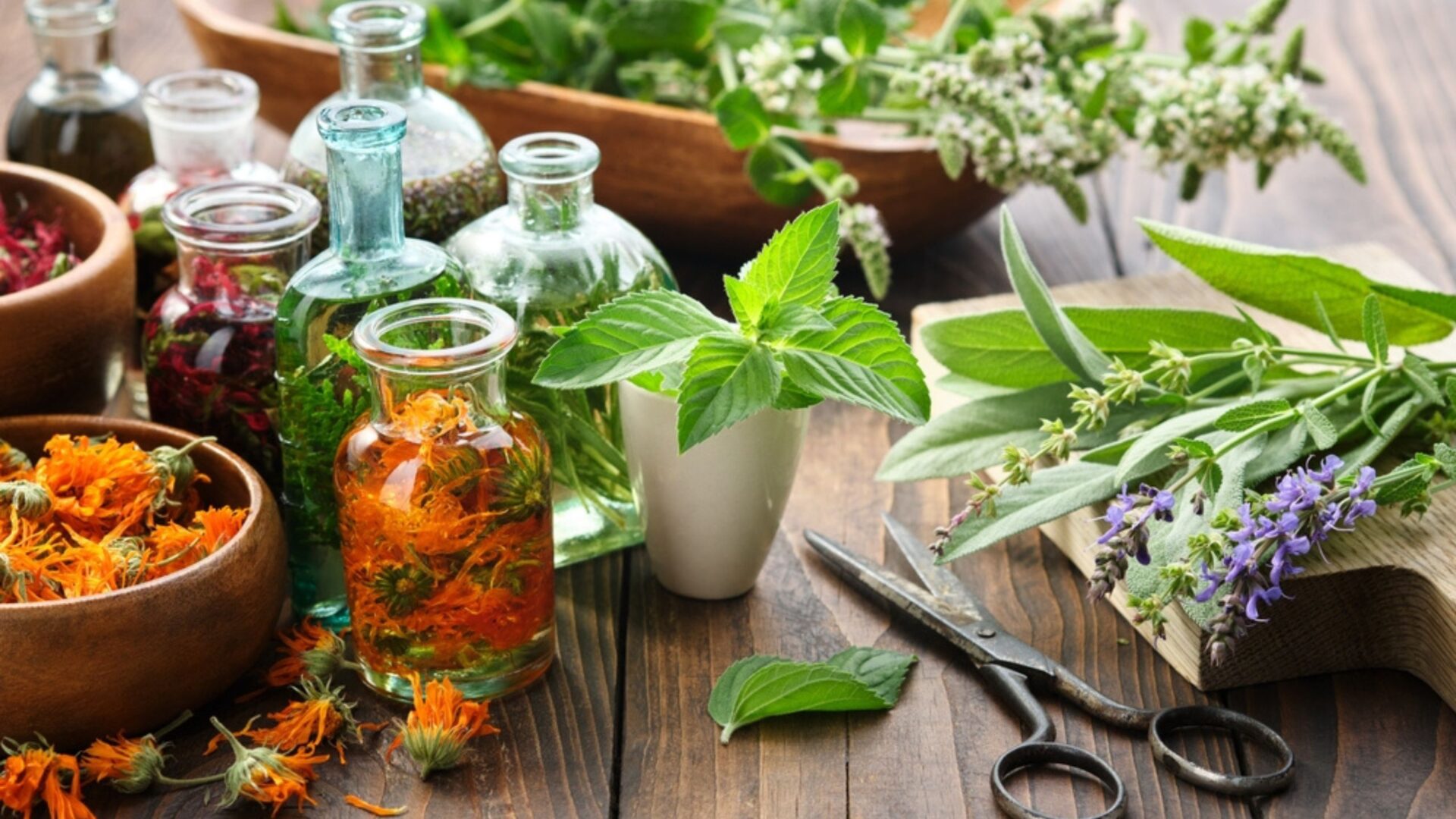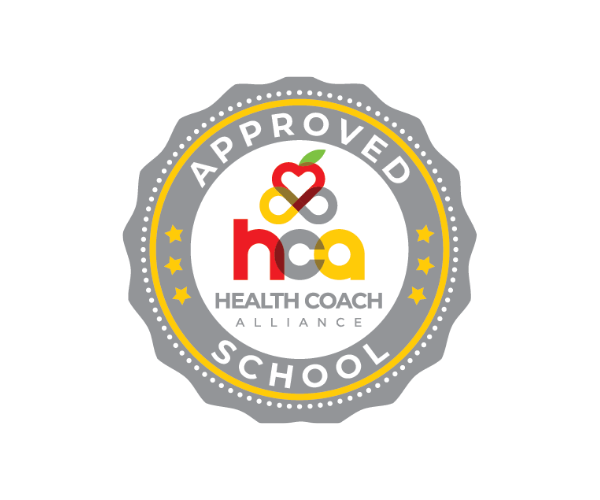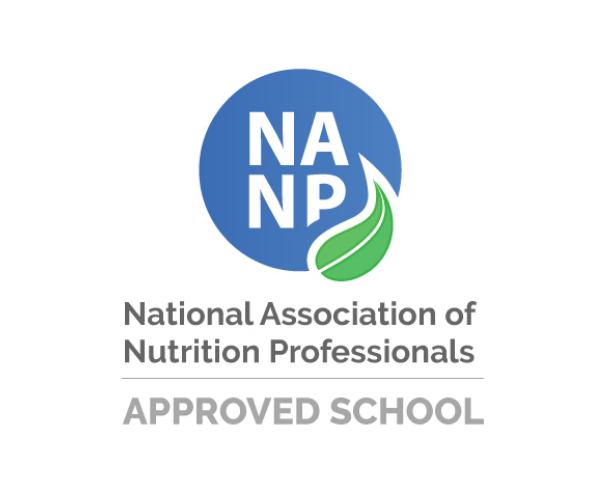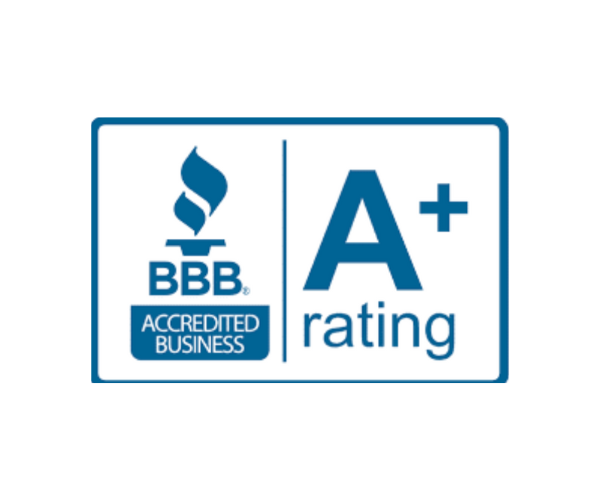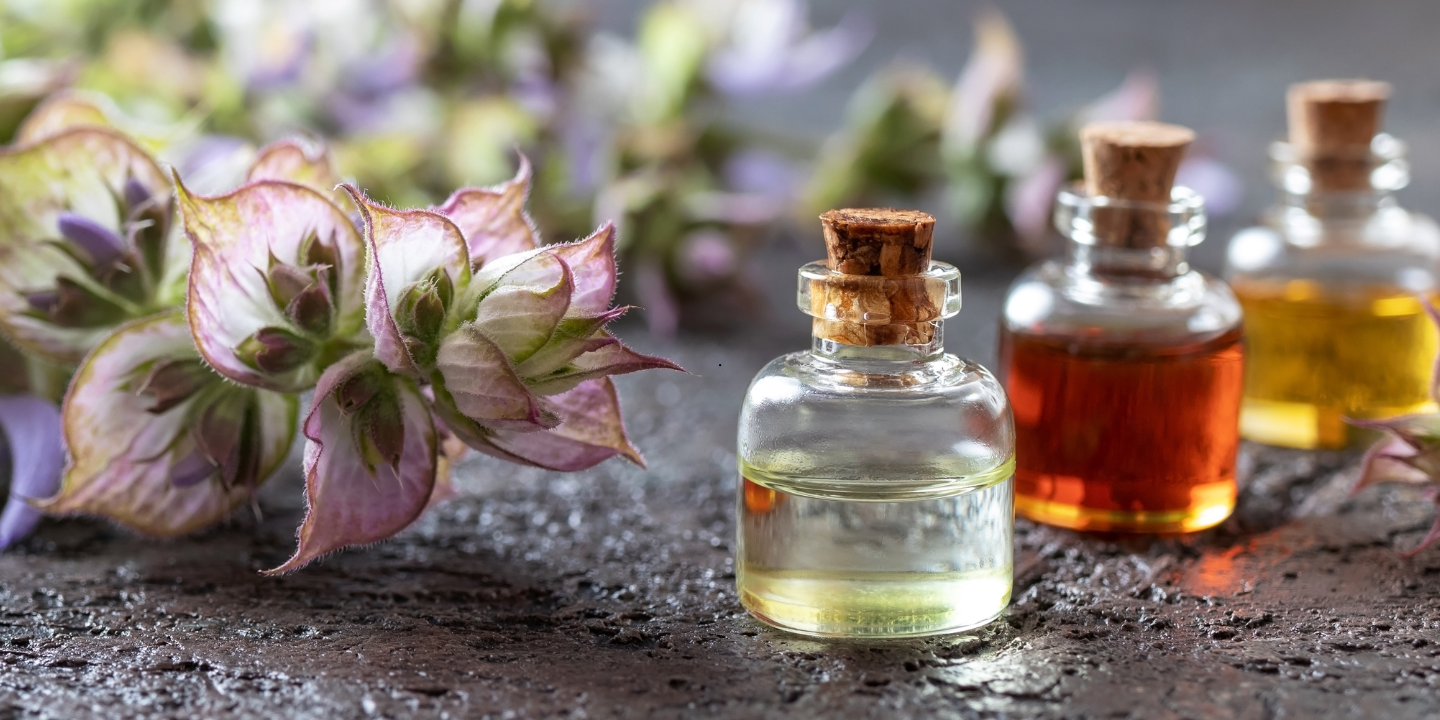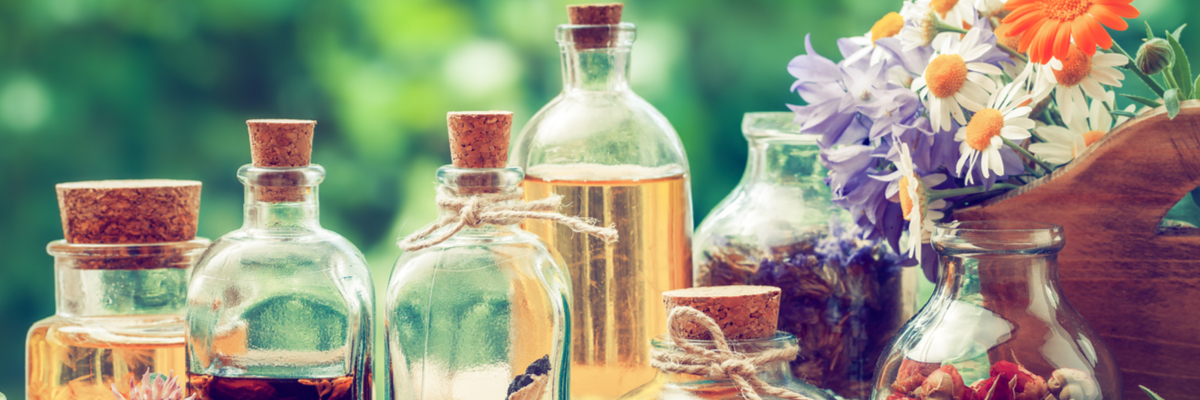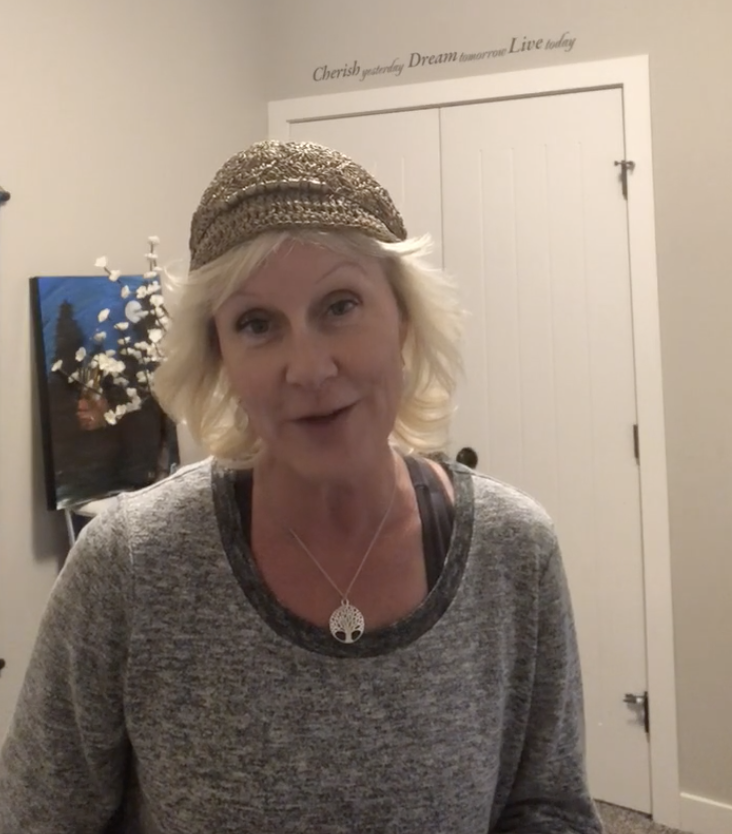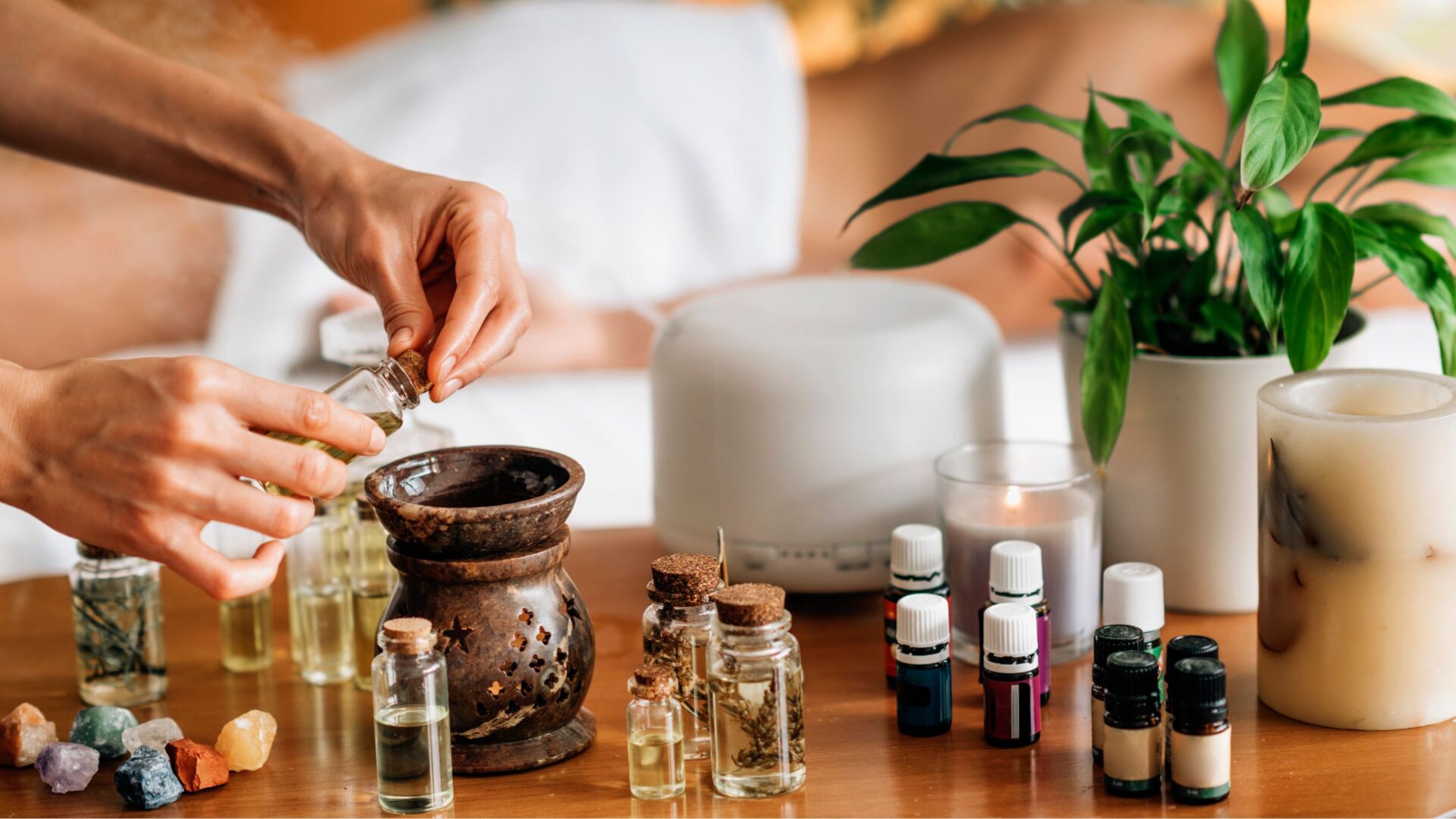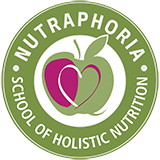Aromatherapy Practitioner
Certificate Course Description
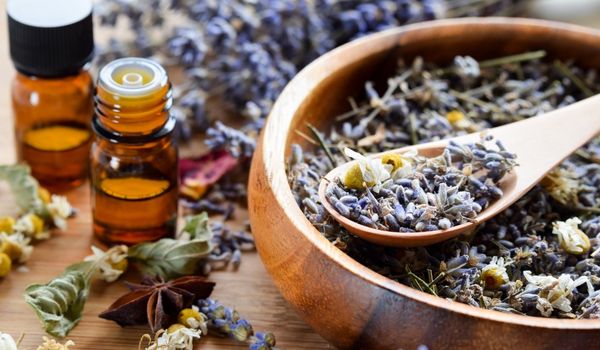
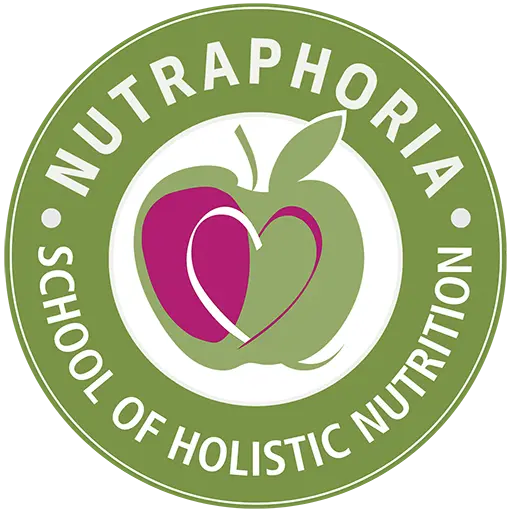
Aromatherapy Certification
This course is 2-part consisting of Aromatherapy 101 and 102. Aromatherapy is a practical clinical tool for nutritionists and coaches. You will learn how essential oils influence the nervous, endocrine, and immune systems; how to design targeted inhalation and topical blends; and how to integrate them alongside dietary and lifestyle strategies.
We emphasize safety, dosing, contraindications, and client education so you can use aromatherapy confidently in one-to-one sessions, groups, and online programmes. Safety guidance aligns with current industry standards and professional codes of practice.
Click the “Enrol Now” button below to view the tuition and payment plan options.
Enrol NowWhat You’ll Gain
Clinical Confidence Using Oils
Assess when aromatherapy helps, when it doesn’t, and how to select the right route (inhalation vs. topical) for outcomes your clients can feel.

Safety-First Practice
Apply dilution ranges, phototoxicity limits, and contraindications in pregnancy, pediatrics, dermatologic issues, and medication interactions.
Evidence-Informed Protocols
Use research-supported approaches for common goals including reducing anxiety, improving sleep quality, easing stress, and supporting nausea.

Client-Ready Tools & Guides
You’ll have access to blend sheets, diffusion guides, patch-test steps, consent & safety forms, habit-stacking scripts, and follow-up templates.

Scope & Ethics Clarity
Know what’s within a nutritionist/coach scope, how to document, and when to refer – fully aligned with recognized professional codes.
Holistic Business Integration
Offer add-on services like custom blends, workshops, group challenges, workplace sessions, and incorporate aromatherapy into existing packages.
Is This Course Right for Me?
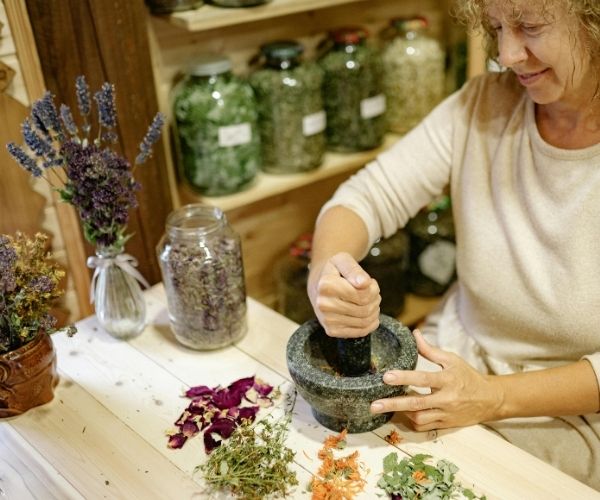
Who It’s Designed For
This course is for holistic nutritionists and health coaches who want an official certification in aromatherapy in addition to practical, supportive tools to support stress, sleep, digestion, and habit change. It’s a great add-on for those who are building group programs, workshops, or online curricula and is a good fit for yoga, fitness, and wellness professionals who want to use essential oils safely and within their sessions.
It is also for individuals who enjoy essential oils and want clear, safety-first training they can apply at home or use as a stepping stone into professional practice.
Graduate With Confidence
You will complete this course ready to design goal-oriented blends, educate clients on safe use, integrate aromatherapy with nutrition plans, and document your work appropriately.
Your training focuses on practical cases and safety so your recommendations are both effective and responsible.
You will also know how to communicate clear boundaries and claims language that protect your clients and your practice.
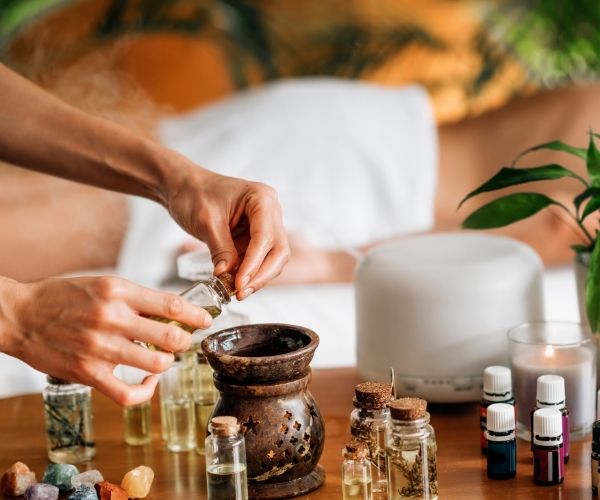
Course Outline
A Mind, Body, Spirit approach to Essential Oils
Begin with a clear, clinical definition of aromatherapy and the pioneers who shaped it, then connect tradition to today’s professional use. You will explore how essential oils move through the body and why kinetics inform safe practice. We’ll examine what sets citrus oils apart and review research on stress responses with familiar botanicals to see what the evidence actually supports.
Next, you will learn the core delivery methods and when to choose each one.
Finally, you will follow the olfactory pathway to the limbic system to understand how scent can influence mood, memory, and behaviour, so you can start using aromatherapy responsibly in a nutrition and coaching context.
Build a working understanding of how aromatic materials are made and why that matters in practice. You will compare essential oils with related products, including concretes, resinoids, oleoresins, absolutes, and hydrosols, and learn when each is most suitable.
We will walk through the main extraction approaches, from hydrodistillation to expression and select modern techniques, linking method to aroma profile, solvent residue risk, and client safety.
This lesson turns you into a confident formulator who can create safe, effective, client-ready blends. You will quickly distinguish volatile essential oils from fixed carrier oils and know exactly when a carrier is required for skin integrity, absorption, and reduced irritation.
Build the skill to choose the right oil for the right outcome. You will learn how to read and use botanical names correctly, identify genus, species, and chemotype with confidence, and factor sustainability into every purchase.
You will work with fragrance notes and scent categories so your blends are balanced, stable, and purposeful. Then you will translate that knowledge into practice by selecting oils for common client goals and learning simple techniques, including safe self-massage.
This lesson gives you the chemistry literacy to practise with confidence.
Learn how to balance tradition with practical, scope-appropriate care. You will compare medical, esoteric, and holistic approaches, separate psychological from physiological effects, and understand how aromatic inputs may influence the central and peripheral nervous systems.
In this lesson you will explore the major essential-oil–producing plant families and see how shared traits hint at aroma profiles, common constituents, and typical safety considerations.
This lesson gives you the safety depth to practise with confidence.
Connect aromatherapy to real client outcomes by mapping oils to the body systems you support most in practice.
Course FAQs
Browse through our most frequently asked questions to help you decide if this course is a good fit for you.
The course combines Aromatherapy 101 and 102, introducing the world of essential oils while delving into safety and health considerations, so you can apply aromatherapy responsibly in practice.
The two-part format helps you build foundations first and then move into more applied work with clients.
You may take the aromatherapy course on its own; the course is open to the public and is a popular option for practitioners who want to enhance their current profession.
If you wish to earn the Certified Aromatherapy Practitioner designation, you will also require an Anatomy & Physiology (AP) course, whether that be ours from the Holistic Nutritionist Certification or transfer credit if you have already completed AP at a post-secondary institution.
Most students complete the course in 8–12 weeks with 7–10 hours of study per week. You have six months of access in the learning portal, with reminders before access ends and an option to request an extension if needed.
If you are enrolled in the Aromatherapy Practitioner certification pathway, you have an additional six months to complete the Anatomy & Physiology component.
Yes, you can use the continuing education credits provided by this course towards your renewal with the Health Coach Alliance (HCA) and the Global Association for Integrative Nutrition (GAIN). This course fulfills your complete CE credit requirement.
Tuition includes Aromatherapy 101 + 102, complete learning materials, video lectures, study guides, 30 detailed oil handouts, practice quizzes, lesson tests, and a final exam, plus student support and full access to the online learning portal.
Delivery is fully online, with mobile-responsive access. Testing is submitted online, and you can connect with a global peer community via forums and a private student group.
Yes, this two-part certificate is designed for health professionals, nutrition practitioners, health coaches, and allied providers such as physicians, massage therapists, personal trainers, and yoga instructors who want to integrate safe, structured aromatherapy into client care.
It is equally appropriate for individuals interested in essential oils who want a comprehensive, safety-first education.
No. The course is brand-neutral, and you don’t need to purchase a kit to get started. You can use the oils you already own for practice activities, and we provide a concise starter list with safe, versatile options plus clear dilution guidance.
If you choose to expand your collection later, you’ll learn how to evaluate quality and sourcing without upsells, keeping your start-up costs low while maintaining a professional, evidence-informed practice.
View More courses
Set yourself apart from the rest.
Choose a niche, or multiple niches! Our individual specialization courses designed to help you lead in your area of passion and purpose. All courses qualify for continuing education credits.
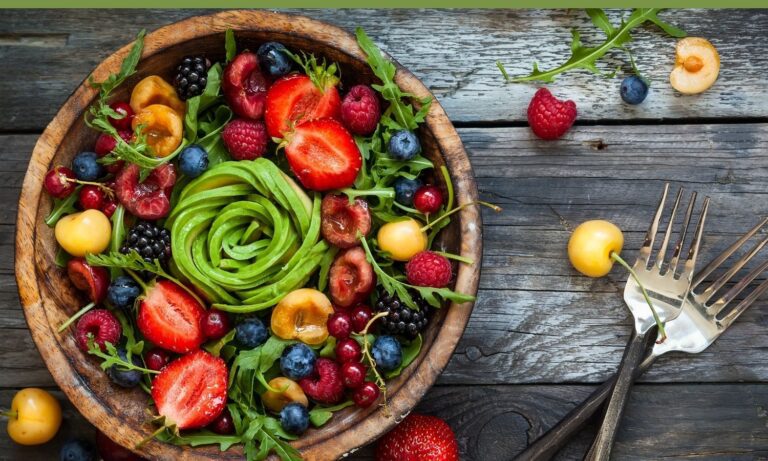
Plant-Based Diets Specialist

Childhood Nutrition Specialist

